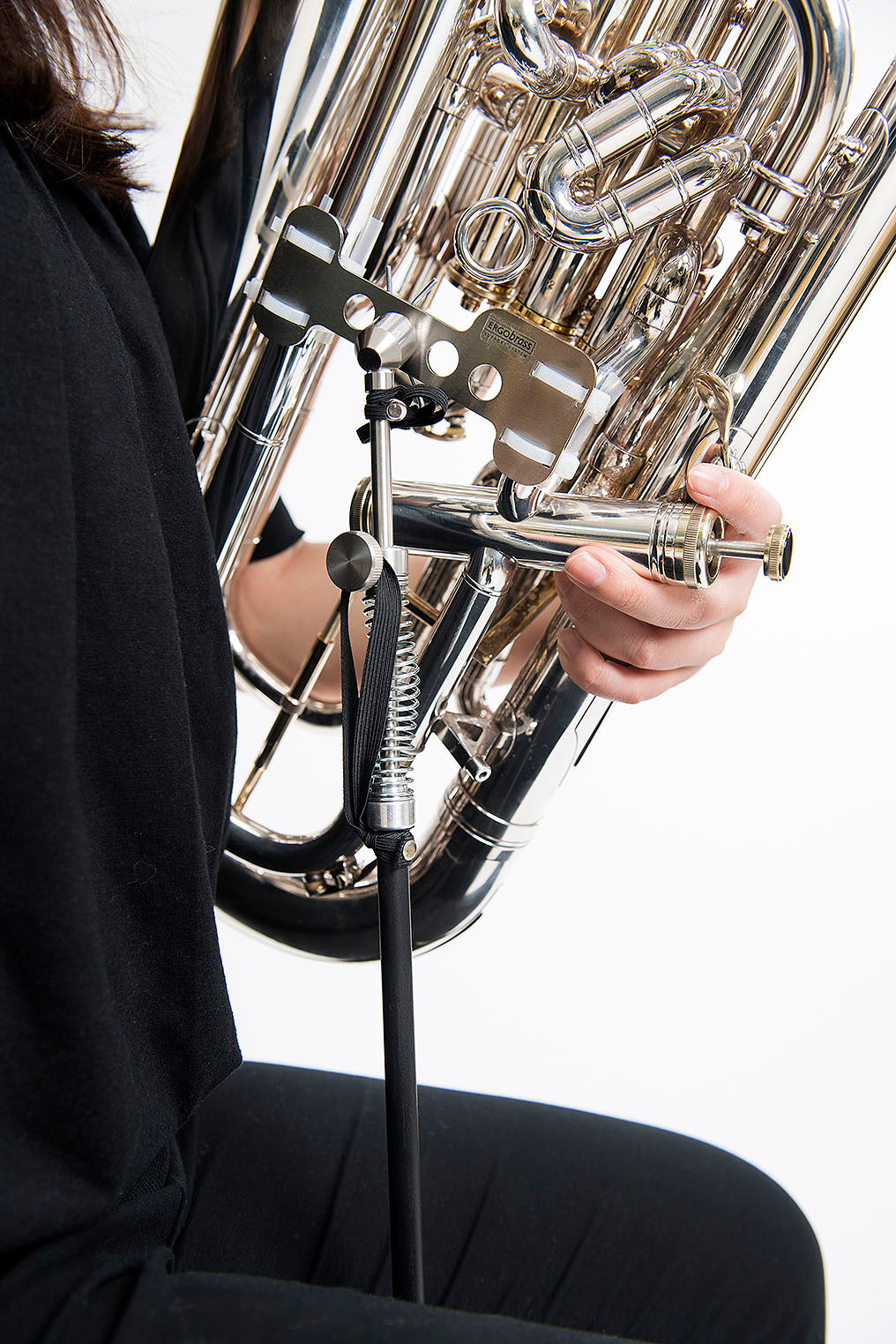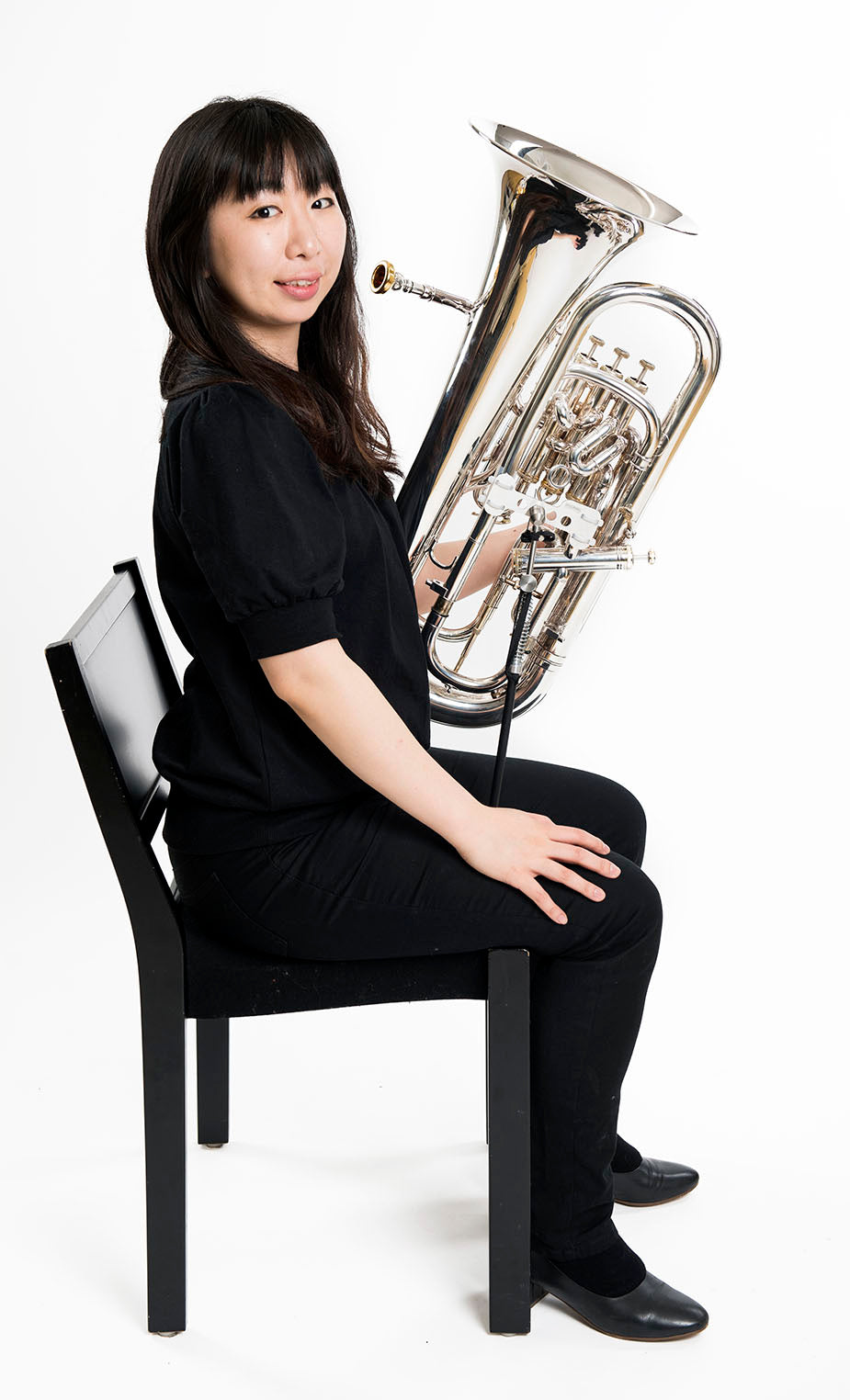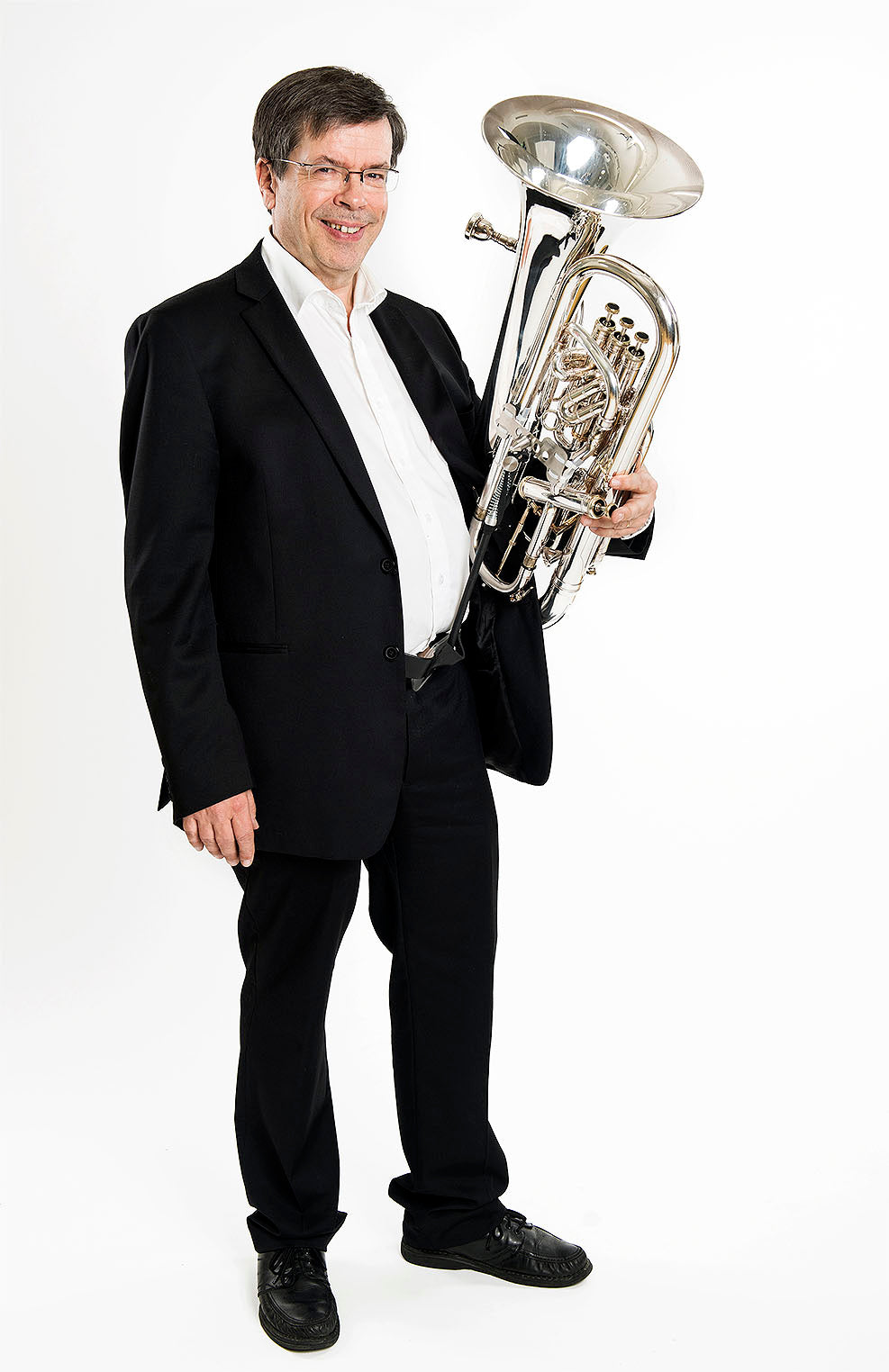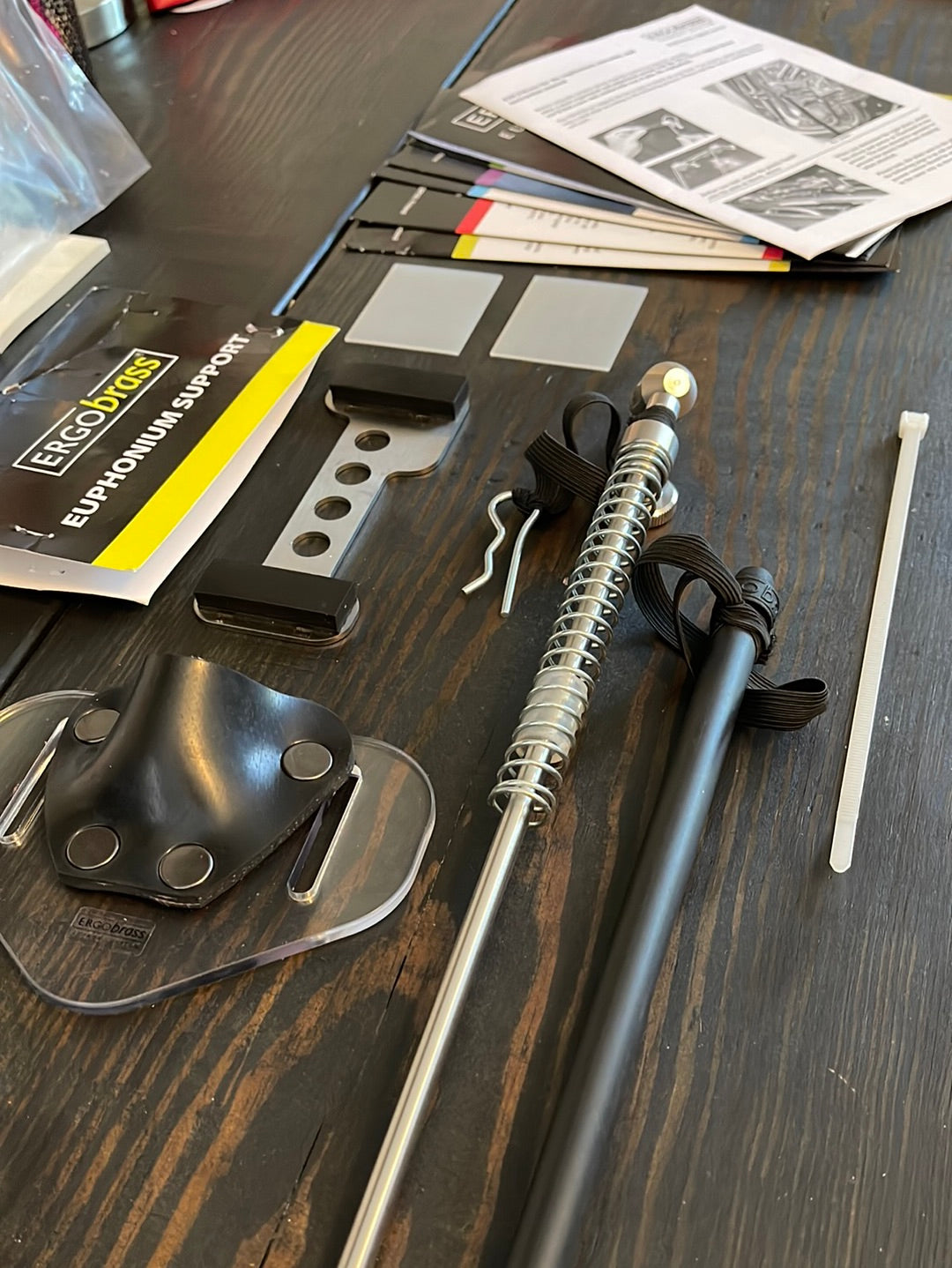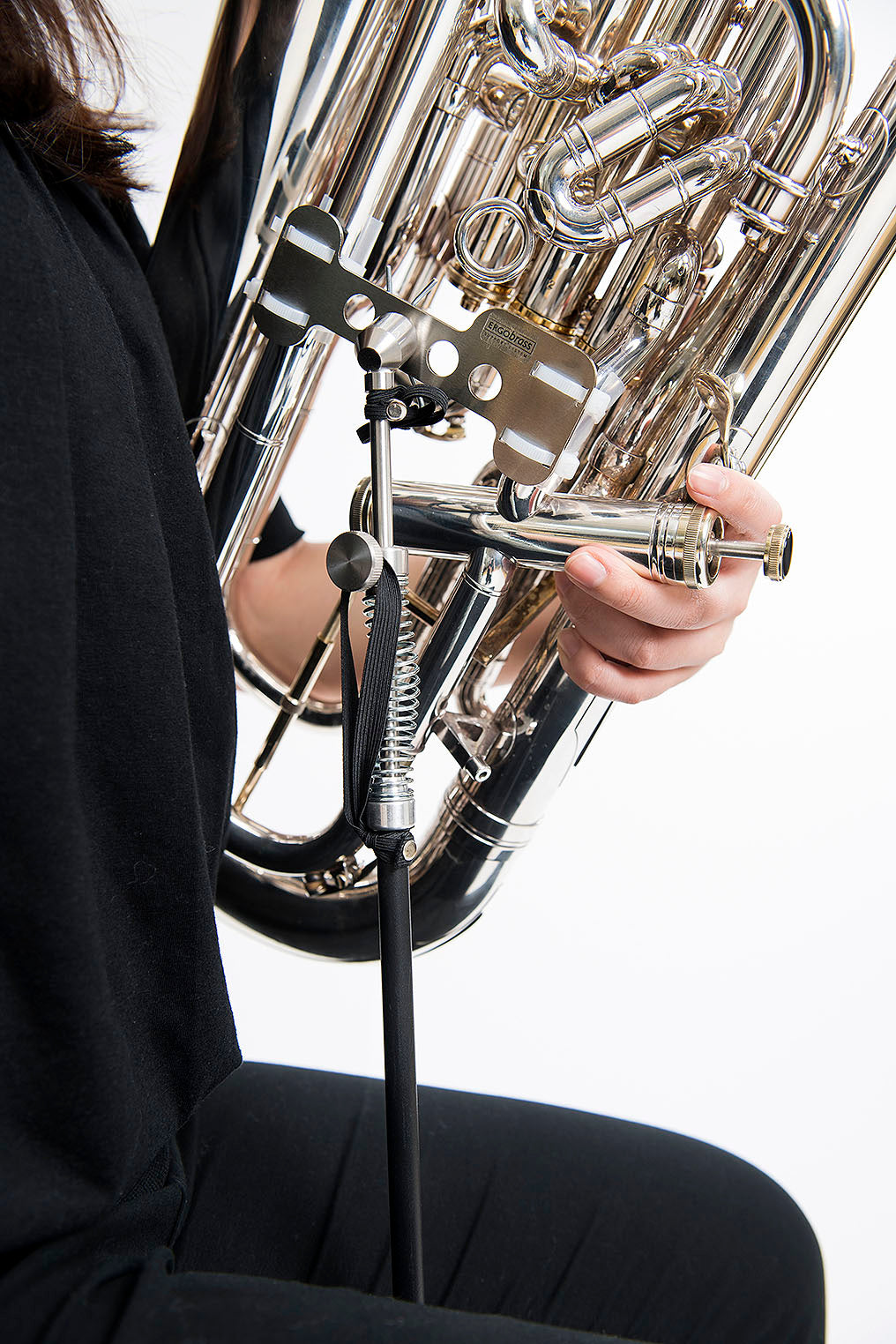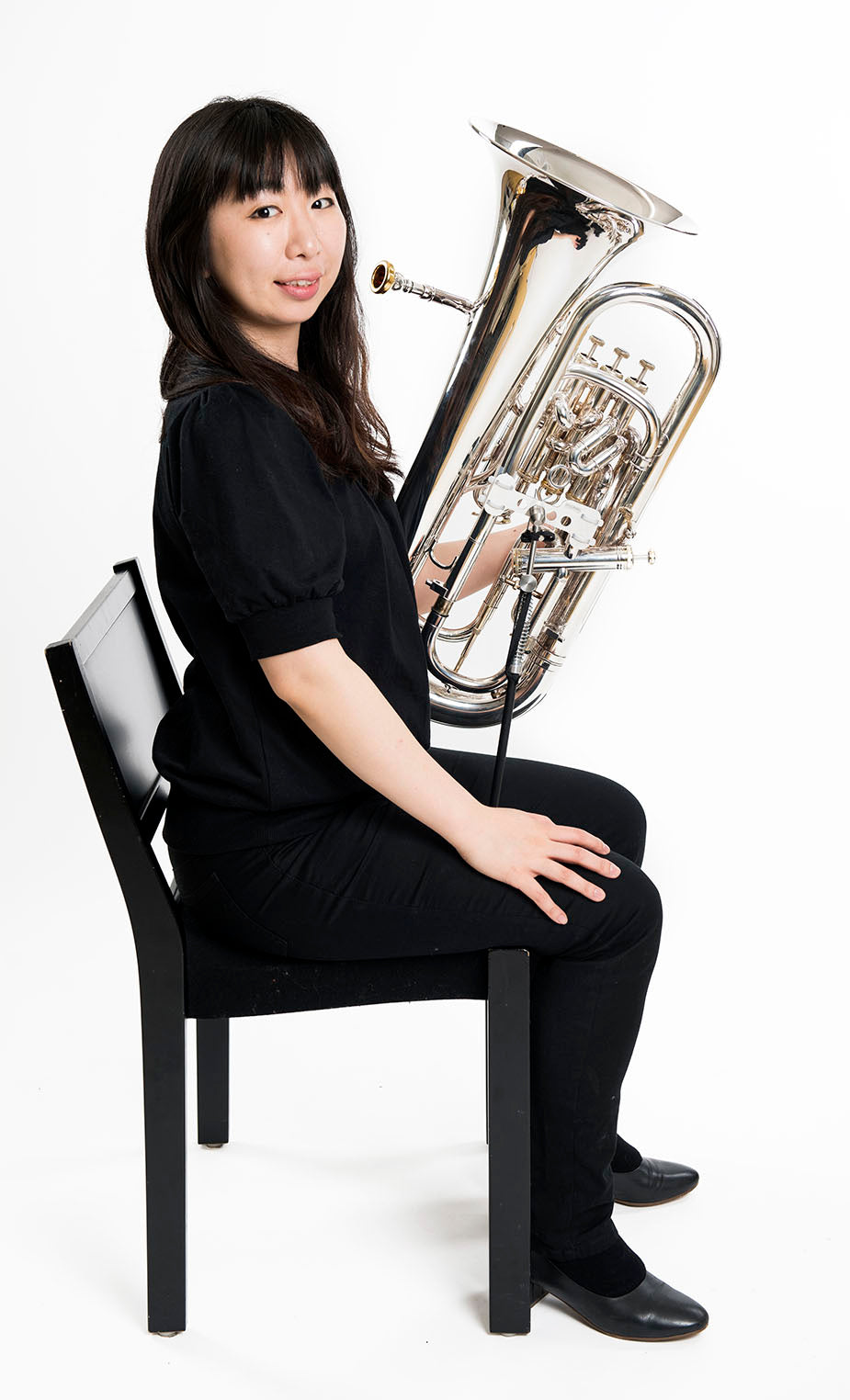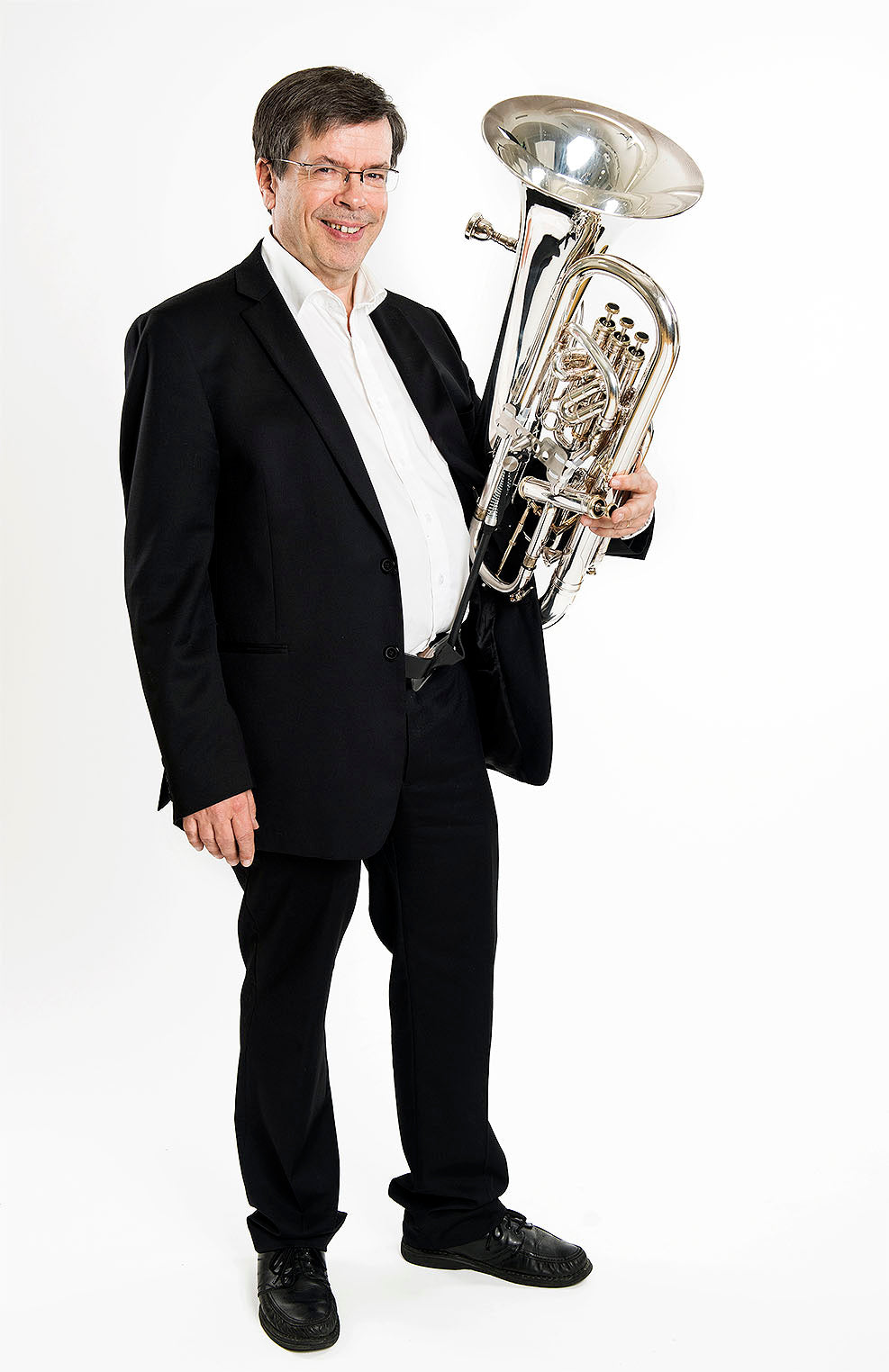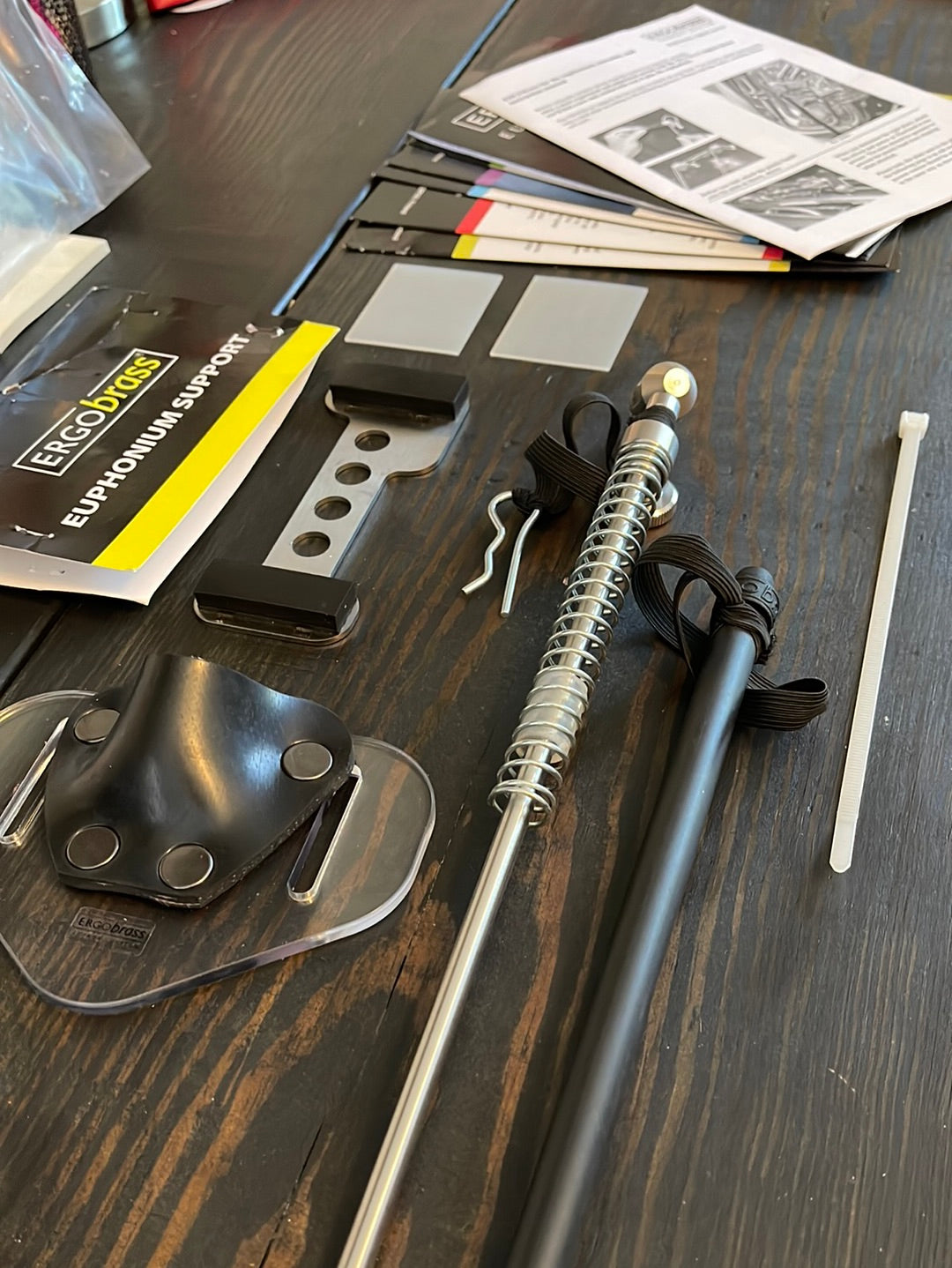Other
Ergo Brass Euphonium Support System
Ergo Brass Euphonium Support System
Couldn't load pickup availability
A fine support system that holds the euphonium for you. Used by many players worldwide. You can read more below about this system. Cool video for you to learn more -https://youtu.be/0boqyetKtSE
There is an introduction by the inventor and then the euphonium specific video appears about 75% of the way through.
FROM THE ERGO BRASS WEBSITE:
The general idea of ERGObrass supports is based on a simple fact that all brass instruments are heavy to hold. We all know that relaxation is very important in brass playing. However, holding the instrument in playing position inevitably produces a static tenson in hands, arms, shoulders, upper body and throat.
Most players can play with this tension, of course - but the tension is always there disturbing the performance.
By using an ERGObrass support every brass player can stay totally relaxed while playing. And in addition to the better efficency, it is also very comfortable!
The ERGObrass might seem to require a very radical change in the way an euphonium, baritone horn, tenor horn and alto horn are played and therefore it is especially important that you read and look at these pages with an open mind without any prejudice. After all the needed changes are only very slight. Leave your initial emotional reactions aside as they often prevent us from seeing things clearly when confronted with something that is very different to what we are used to. Instead, ask yourself if what we are about to show you seems sensible and logical.
We firmly believe that playing the euphonium with the help of the ERGObrass gives a player benefits that are well worth the effort of learning a few new habits. We have a money back guarantee although we are proud to admit that fewer than 2% of ERGObrass supports we send to players around the world are returned.
So, please read on to learn how it works and how you can benefit from this rational invention, the ERGObrass!
The ERGObrass supports have been on sale since January 2002 but they are in use already in
35 different countries around the world:
USA, Canada, Mexico, Australia, New Zealand, Japan, Taiwan, China, South Korea, Hong Kong, Brazil, South Africa, Israel, Germany, Switzerland, Czech Republic, Slovenia, Russia, Great Britain, Ireland, Italy, Greece, Spain, Portugal, Belgium, Holland, Luxembourg, France, Iceland, Denmark, Norway, Sweden, Latvia, Estonia and Finland
